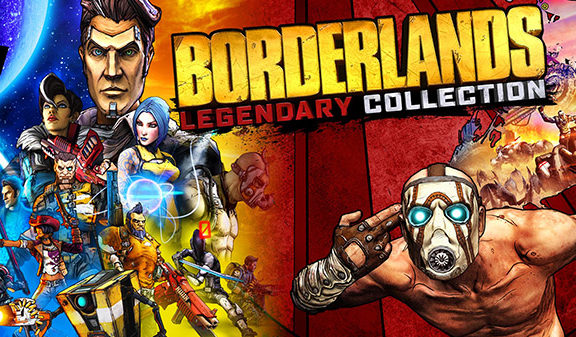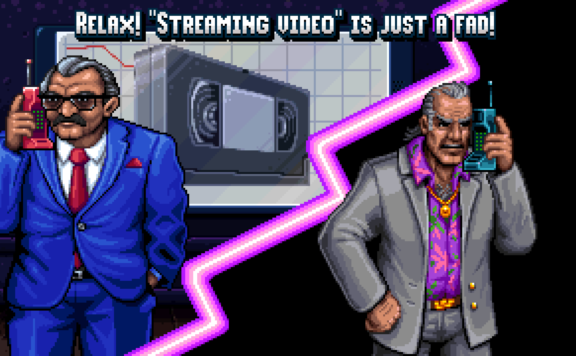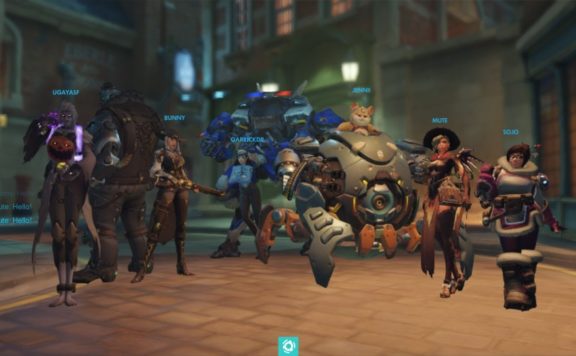Nintendo Switch owners are about to get one of the best modern city building sims on the market when City Skylines arrives on this mobile powerhouse. Announced during the latest Nintendo Direct, Cities Skyline’s arrival, later today, on the Nintendo Switch means you can take on the challenge of building a brand new metropolis, wherever you are.
Paradox Interactive, the publisher of Cities Skylines, was able to give us a brief tour of the Nintendo Switch iteration of their modern classic and the results are varied. While the PC version of this simulator arrived in 2015, console ports did not hit until 2017, seeing a substantial set of changes to the game’s control system. From the moment we picked up the Switch version of Cities Skylines, it became evident that the lessons learned from both the PlayStation 4 and Xbox One implementations have helped immensely in getting to grips with the Switch version.
Getting Around in a New Town
Controls across all of the major console platforms suffer from the same basic issues when it comes to strategy and management games, a missing mouse and keyboard. Moving to this mobile platform, the team behind City Skylines has made some considered choices around the UI and you will find many of the PlayStation and Xbox components utilized here. Many of the game’s pivotal menu systems are neatly tidied away in a radial menu that requires a single action button to activate. Many of the submenu selections neatly collapse into the bottom of the screen, and a ton of customizations allow players to tweak their control systems. While this isn’t that unusual to find, it is a marked improvement on using on the screen cursors and overly complex UI that blight management sims like Football Manager Touch. It also allows for maximum use of the Switch’s limited real estate. A 6.2-inch screen provides limited visibility for mayors and yet the UI never feels like it is getting in the way. HD rumble is also expertly utilized, providing some welcome haptic feedback to aid building placement, that becomes invaluable as you start to navigate the hustle of a sprawling inner city.
Navigating around a town landscape isn’t exactly problematic in Cities Skylines either, the zoom and pan options are well distributed across the Joycon’s primary controls and the game appears to be just as responsive as its other console counterparts. Getting up close to build roads, construct houses, or connect utilities is simple enough and even my Switchless cohort was able to jump into an existing city, select the option to build, browse the available construction options, and add some brand new housing without any issue. This, again, is no real surprise considering the game’s pedigree thus far.
What does surprise, is the performance of City Skylines. Of all the available options, cramming a massive city-building simulation, that is capable of following the musings and machinations of its residents, onto the Switch was something I was skeptical about and it succeeds, after a fashion. It is no secret that the Switch sits bottom of the performance benchmarks when it comes to gaming platforms. The Xbox and PlayStation 4 are already capable of higher graphical fidelity, while PC gamers might scoff at the paltry specs proposed by Nintendo. This doesn’t make the Switch a bad console by any mean, but it does put some things beyond it. Much to my surprise the presentation of Cities Skylines in handheld mode seems impressive enough. Gripped between my hands, the Switch displays each city and its inhabitants with a reasonable level of detail. There is a loss of graphic finesse here and Paradox purport a rough 30fps in handheld mode. While we couldn’t test the numbers, this felt about right. In handheld mode, this makes for a game that is not going to blow you away, but given the scale of the project here seems quite reasonable.

Downsizing
Paradox detailed more about this downsizing as I continued to add fire and sewage facilities to our new infrastructure. With the drop in screen resolution and overall power of the Switch, it became important to reach a balance, sacrificing some of the high-end graphical effects that might not be noticed on a small screen, to create an experience that still looks great and achieves a fluid frame rate.When Docked this kind of balance might not be particularly effective. In an era when 4K screens rule and anything smaller than a small cinema isn’t even worth your HDMI cable, the explosion up to a big screen could be problematic. Colossal Order has used the extra power available to the Nintendo Switch during docking to improve the frame rate and fidelity in this more immersive mode. Unfortunately, we didn’t get a chance to dock our demo so we will have to wait for a review copy to find out if any underperformance or sacrifices will have a real detrimental impact at home.
What’s in the Box
In a press release, just this morning, Paradox confirmed a whole list of the features that come with this particular version of Skylines, including two of the game’s top expansions.
Multi-tiered and challenging simulation: Constructing your city from the ground up is easy to learn, but hard to master. Playing as the mayor, you’ll be faced with balancing essential requirements such as education, water, electricity, police, fire fighting, healthcare and much more, along with your city’s real economy system and a multitude of gameplay scenarios.
Nintendo Switch edition exclusive: Using HD Rumble, a rumble effect helps find the most efficient area to place service buildings in your city. Pro Controller is also supported, and additional tutorials help guide your first play through.
Extensive local traffic simulation: Colossal Order’s extensive experience developing the Cities in Motion series is put to work in fully fleshed out, well-crafted transport systems.
Districts and Policies: Be more than just an administrator from city hall. Designating parts of your city as a district results in the application of policies which results in you rising to the status of Mayor for your own city.
After Dark: Focused on leisure and tourist specialization, this expansion’s central feature is to utilize the day and night cycle and alter the approach to managing a city. Will you construct a bustling city that lives and breathes at night, or succumb to the perils and misadventures of the dark hours?
Snowfall: The difficulty heats up when the city cools down, thanks to this expansion’s added challenges and assets, like snow maps, street cars and heating systems. There are in-game temperature readings, cosmetic weather enhancements, extra parks, and infrastructural demands to keep your citizens warm and safe from freezing conditions.
When it comes down to gameplay, there isn’t much you won’t already have heard about Cities Skylines. It retains the same intuitive feature set as previous console versions, channeling everything that made it such a hit in the first place. So when you’ve just started to lay the foundations for your latest project, you don’t need to leave your citizens to fend for themselves, the Nintendo Switch allows mayors to take their responsibilities with them when they go. In the end, that is where the appeal of Cities Skylines lies, an easy to play management sim that has fantastic depth. Cities Skylines is coming to Nintendo Switch any moment now. You can keep an eye on the official website for more information.








